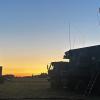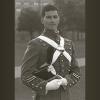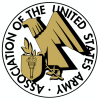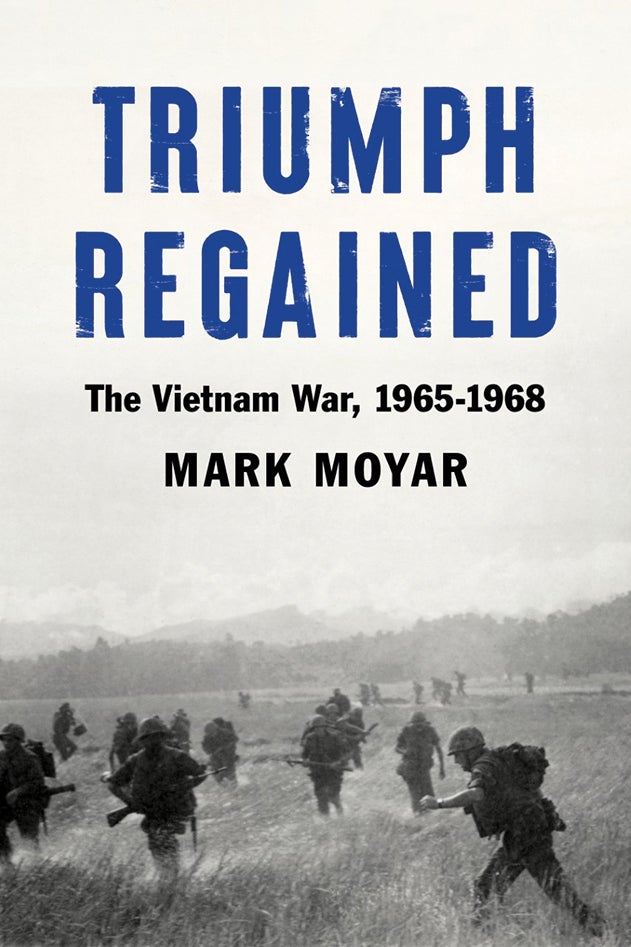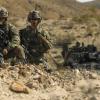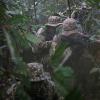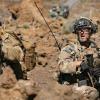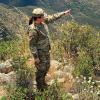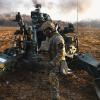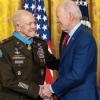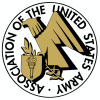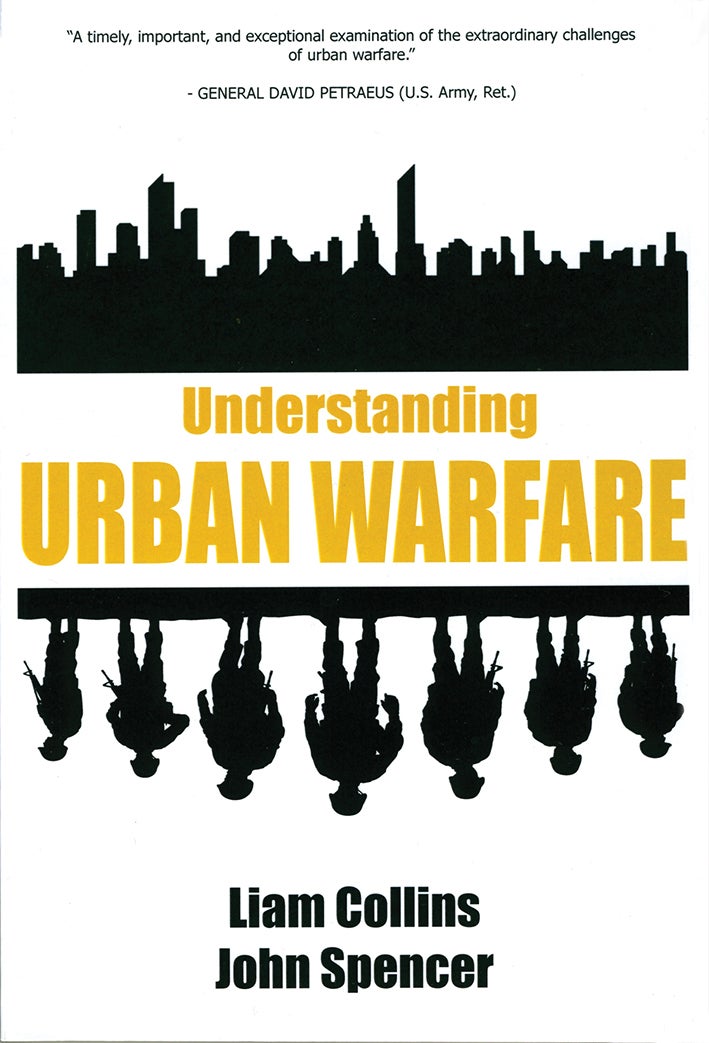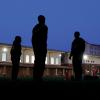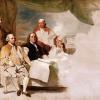Wars are a complex business. Ending a war always includes more than ending the fighting. As Fred Iklé wrote in his 1971 classic Every War Must End, it’s hard to fight a war, harder still to end one well. Countries that have experienced the intensity of war as Ukraine has do not just turn on a dime and return to so-called normal.
Media attention is primarily on the fighting in Ukraine. This is probably natural, but it shouldn’t be the focus of senior civil and military strategists. U.S. and NATO leaders, in coordination with Ukrainian President Volodymyr Zelenskyy’s administration, must...


